Knowledge and data representation
Permanent staff
Scientific objectives
- Study how immersing users in a 3D visualization space enables them to better visualize and analyze data usually displayed in a 2D space
- Obtain a generic knowledge representation model that can be interacted with in a virtual environment
- Design frameworks for deploying immersive 3D representations adapted to different types of data
Challenges
- Determining the right 3D representation metaphors to use, depending on the nature of the data to be visualized
- Providing appropriate means of interaction to enable effective exploration and analysis of this data
- Enable users to collaborate around these data visualizations, in symmetrical and/or asymmetrical collaboration (such as 2D/3D or VR/AR)
- Enable users to make smooth transitions between using 3D visualizations in immersive mode, and more conventional work in 2D desktop mod
- Enable domain experts to define the knowledge model (system operation and human activities) enabling autonomous agents to reason for training or mediation purposes
Application fields
- Training / cultural mediation
- Immersive Analytics for Cybersecurity
- Immersive Analytics for marine ecological/biological data
